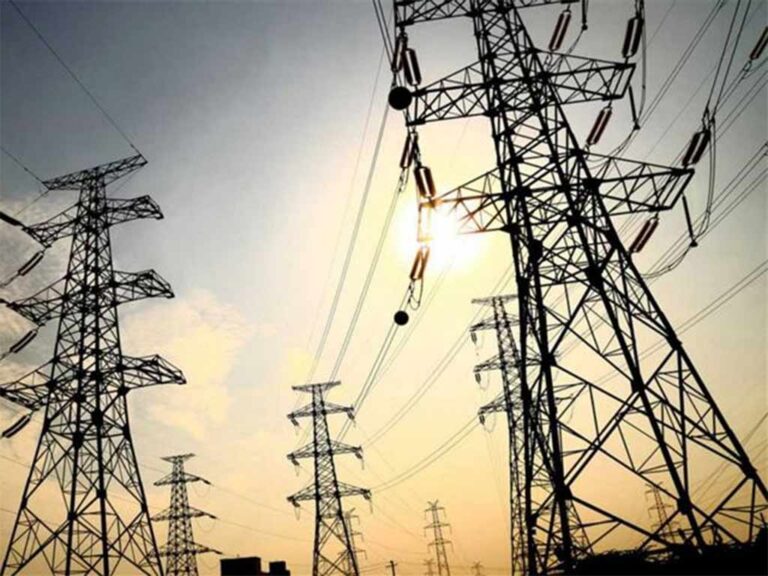Ecuador recently made public its intention to secure emergency energy contracts as a preemptive measure against potential electricity rationing.
Last week, President Gustavo Petro of Colombia, responded to Ecuador’s request for additional electricity supply; Petro explained that Colombia cannot facilitate the sale of electricity during the impending dry season, scheduled to commence in October 2023.
Ecuador’s proposal for energy import from Colombia stemmed from its concern over the impending dry season, which is expected to diminish the water reserves of its primary hydroelectric facilities, including the significant Coca Codo Sinclair plant responsible for a quarter of the country’s power supply. Furthermore, the situation is predicted to be exacerbated by the anticipated El Niño Phenomenon, which would result in flooding in coastal areas and drought in the eastern basin.
Why Colombia said no
Colombia’s rationale for declining Ecuador’s request is rooted in its own preparations to counter potential adverse effects of El Niño within its borders. Typically, Colombia’s hydroelectric plants can provide for 85% of its energy demands.
However, a severe drought like the one experienced in 2016 could shrink this coverage to a mere 55%, necessitating an internal focus on energy preservation. As part of its strategy, Colombia has outlined a comprehensive roadmap to tackle the upcoming prolonged dry season. This includes prioritizing domestic energy supply, tapping into thermoelectric power sources, and curtailing electricity exports.
Ecuador’s options
Given Colombia’s decision, Ecuador now faces the challenge of identifying viable alternatives. The urgency of the situation has been highlighted by Ecuador’s Energy Minister, who categorizes the available options as imperative.
One such option involves the expedited importation of natural gas to enable the Termogas Machala plant to operate at full capacity. However, the supply of natural gas from Campo Amistad is insufficient, requiring technical assessments to ascertain the feasibility of gas import through the same facility.
Another key facet of Ecuador’s contingency plan is the immediate maintenance of its domestic thermoelectric infrastructure. Highlighted by the Andean Center for Strategic Studies (Cenae), this includes revitalizing the Termoesmeraldas I thermoelectric plant, generating 125 megawatts, and rehabilitating block I of Termoesmeraldas II, contributing 42 megawatts to the Esmeraldas Refinery.
Alongside these efforts, options such as the procurement and deployment of fuel oil engines—possibly on barges or through air transport—have been suggested by Cenace, the state energy operator.
Notably, these strategies will be implemented through a competitive tender process to ensure optimal outcomes and will not entail substantial diesel imports due to cost considerations.
The state-owned utility, Corporación Eléctrica de Ecuador (Celec), has already formulated the necessary groundwork for a bidding process scheduled for September 2023.
Unlikely need for electricity rationing
In terms of the possibility of energy rationing, Cenace’s report indicates that failing to adhere to proposed measures might lead to such an outcome during the dry season.
However, Ecuador’s Energy Minister remains optimistic, reassuring citizens that prompt actions will be taken, and rationing will be averted. As new thermoelectric installations are expected in the coming weeks, hasty decisions are deemed unnecessary.
Colombia’s decision not to export electricity to Ecuador due to its own preparations against potential El Niño-related energy shortages underscores the complex interplay of regional environmental factors.
Ecuador, faced with this situation, is now navigating alternative paths to ensure energy stability. From the expedited import of natural gas to urgent thermoelectric maintenance and other creative solutions, Ecuador is addressing this challenge with a comprehensive approach that prioritizes both reliability and sustainability.


Why don’t they consider wind energy?
There are already 2 large wind farms.